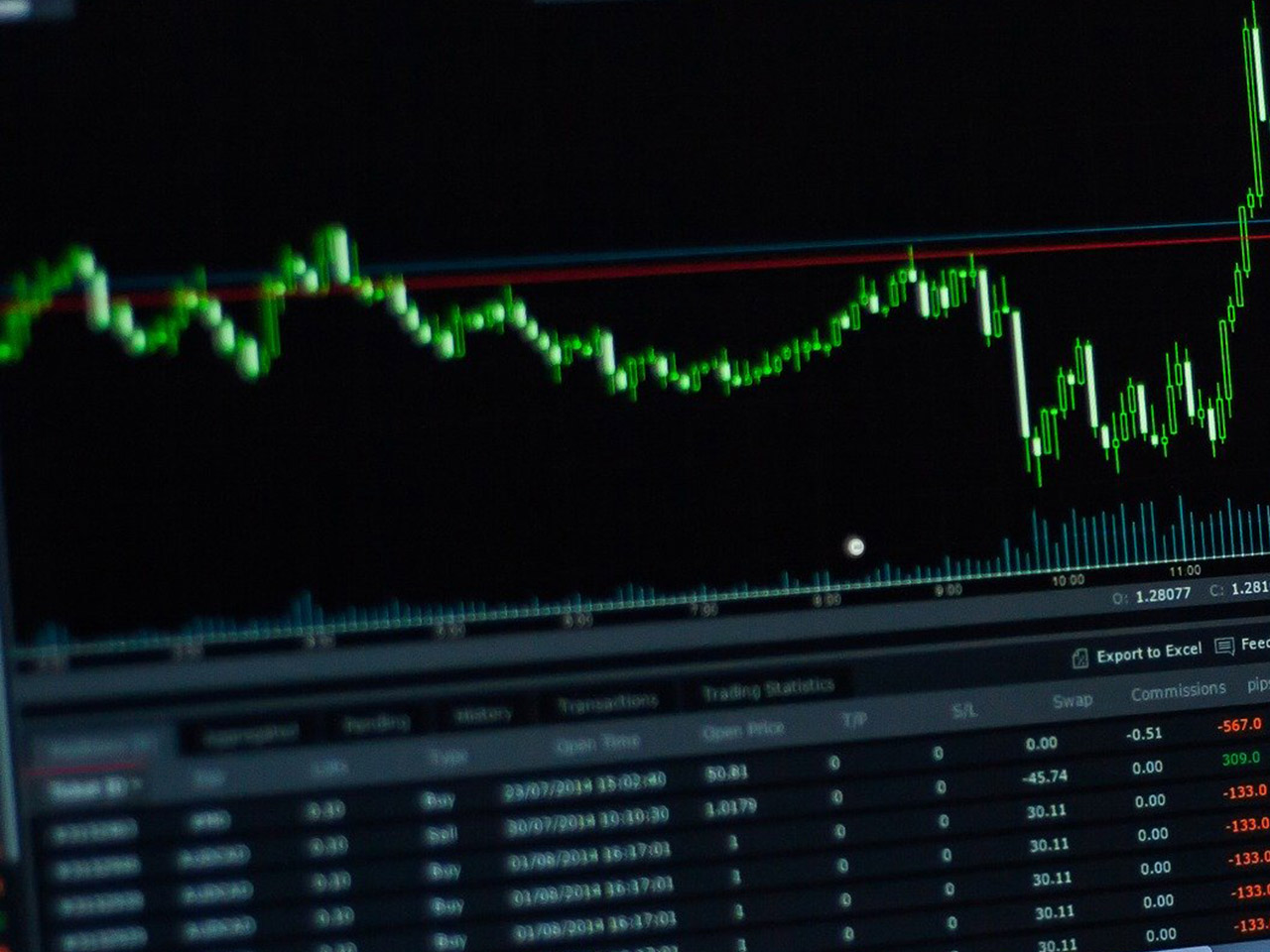Barclays PLC (LSE: BARC.L), a stalwart of the British banking sector, stands at the confluence of tradition and innovation. With a robust market capitalisation of $47.94 billion, Barclays commands a significant presence not just in the United Kingdom, but also across Europe, the Americas, Africa, the Middle East, and Asia. It provides a comprehensive range of financial services, including retail and corporate banking, credit card issuance, investment management, and more.
Barclays’ current stock price hovers at 338.55 GBp, marking the upper threshold of its 52-week range (206.20 – 338.55). A recent modest price uptick of 7.35 GBp (0.02%) indicates stability amid market fluctuations. For investors, this price action suggests Barclays’ resilience and potential for continued growth, especially as it currently trades above both its 50-day and 200-day moving averages, set at 315.09 and 279.45 respectively.
However, the financial landscape is not without its complexities. One of the more striking aspects of Barclays’ financial data is the absence of a trailing P/E ratio, while the forward P/E ratio stands at an unusually high 670.22. This could indicate expectations of future earnings that are not yet reflected in current financials, warranting a closer look at the company’s strategic initiatives and market conditions.
Barclays’ revenue growth is commendable at 9.70%, underscoring its robust operational performance. The company’s earnings per share (EPS) of 0.38 and a return on equity of 8.98% further highlight its ability to generate value for shareholders. The dividend yield of 2.48%, with a conservative payout ratio of 22.40%, provides a steady income stream, appealing to income-focused investors while leaving ample room for reinvestment and growth.
The analyst community appears optimistic, with 13 buy ratings and 3 hold ratings, and no sell ratings. The target price range extends from 230.00 to 420.00 GBp, with an average target of 353.69 GBp, suggesting a potential upside of 4.47%. This optimistic outlook could be driven by Barclays’ strategic positioning in diverse financial sectors and its historical adaptability to market trends.
Technical indicators also paint a promising picture. The Relative Strength Index (RSI) of 67.94 suggests that the stock is nearing overbought territory, a sign of strong investor interest. The Moving Average Convergence Divergence (MACD) at 4.09, above the signal line of 3.71, supports a bullish momentum, indicating potential for further gains.
Founded in 1690 and headquartered in London, Barclays has a long history of navigating financial market ebbs and flows. Its ability to offer a wide array of services through various segments, including Barclays UK, Investment Bank, and US Consumer Bank, showcases its diversified approach to financial management.
For investors, Barclays presents a compelling blend of growth potential and stability. Its strategic initiatives, global footprint, and commitment to delivering shareholder value make it a noteworthy consideration in the diversified banks industry. As always, potential investors should conduct thorough research and consider their risk tolerance before making investment decisions, but Barclays’ current metrics and market position certainly warrant attention.








































